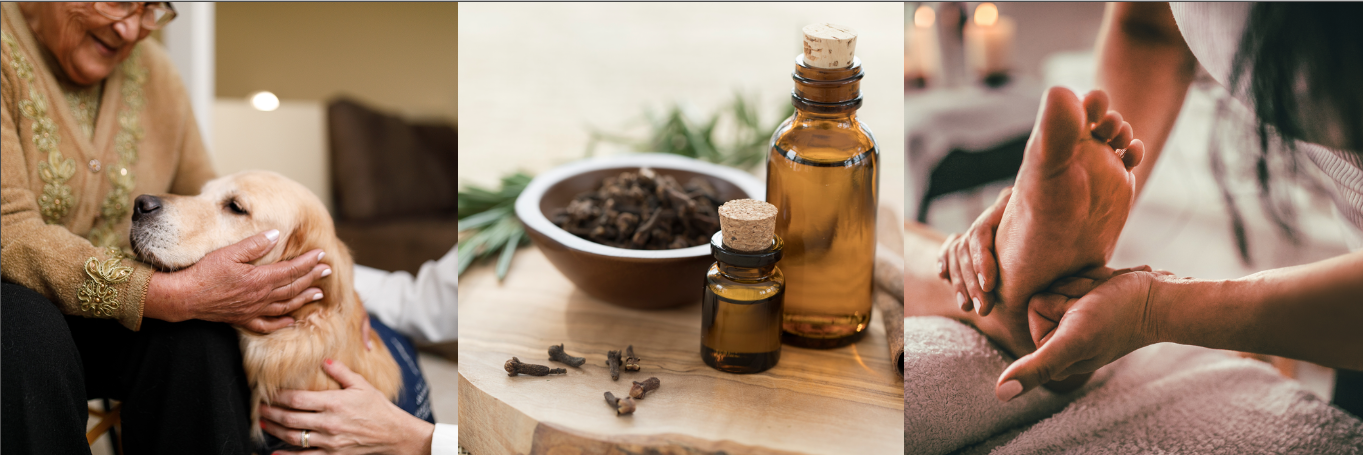An Introduction to Complementary Therapies
From pain to digestive symptoms, trouble sleeping to anxiety and other emotional stressors, patients with life-limiting illnesses face a number of varying issues and concerns. With the long list of symptoms any given patient might be experiencing, board-certified hospice care providers like Dr. Patrick Fitzgibbon (or “Dr. Fitz” as his colleagues and patients come to know him as) like to keep as many tools in their “tool kit” as possible.Why Complementary Therapies?
Perhaps the more suitable question is, “Why not?” With the number of life-limiting illnesses and symptoms, conventional pharmacological treatments will not always provide adequate symptom management and may end up producing their own adverse effects.
“When we’re trying to take care of people and keep them comfortable, why wouldn’t we use all the tools available to us to do so?”
— Dr. Fitzgibbon

